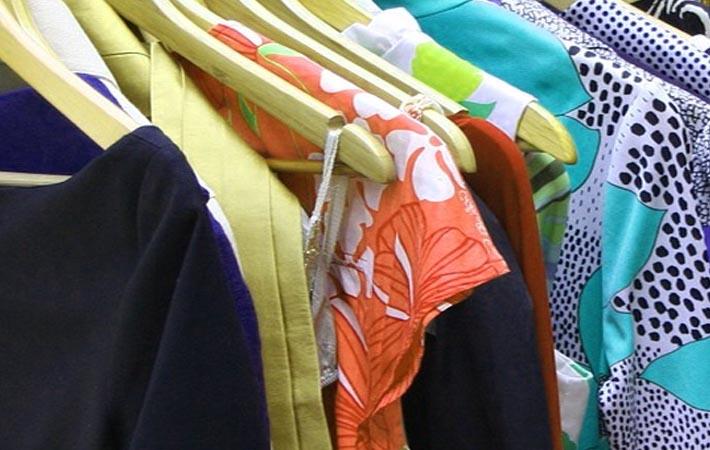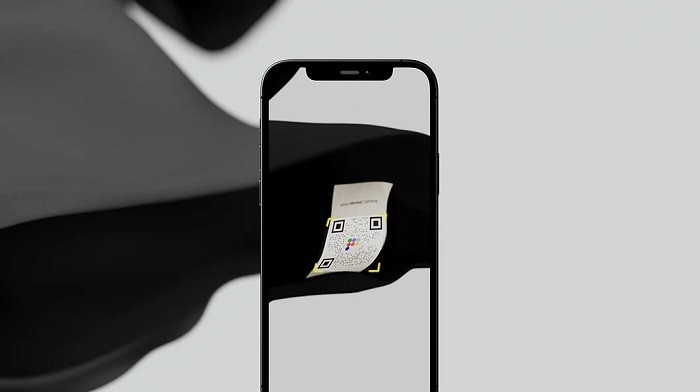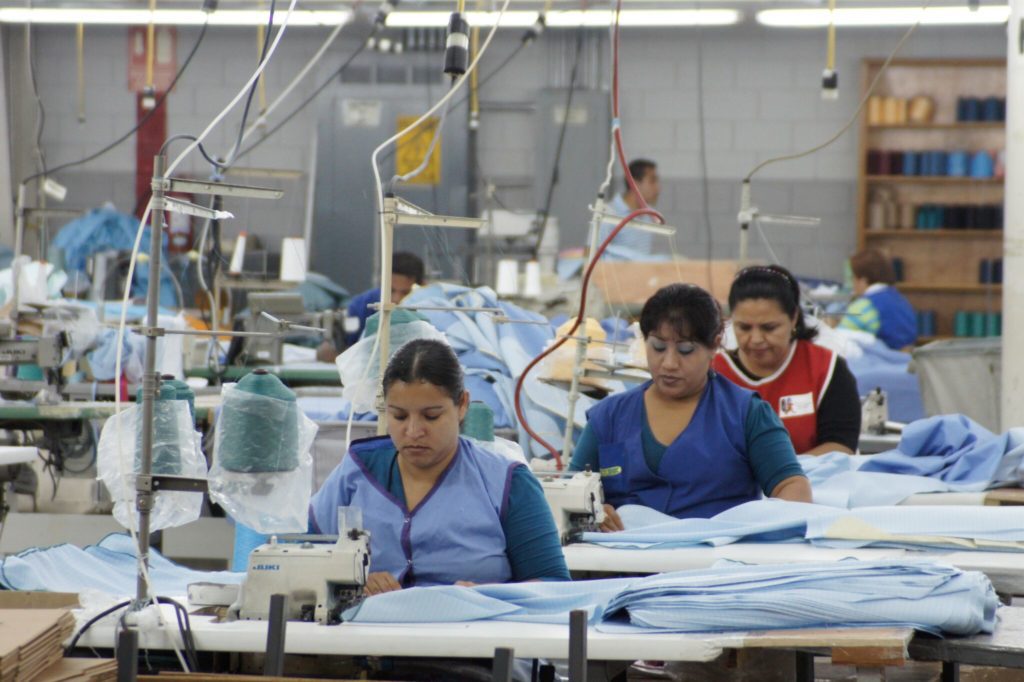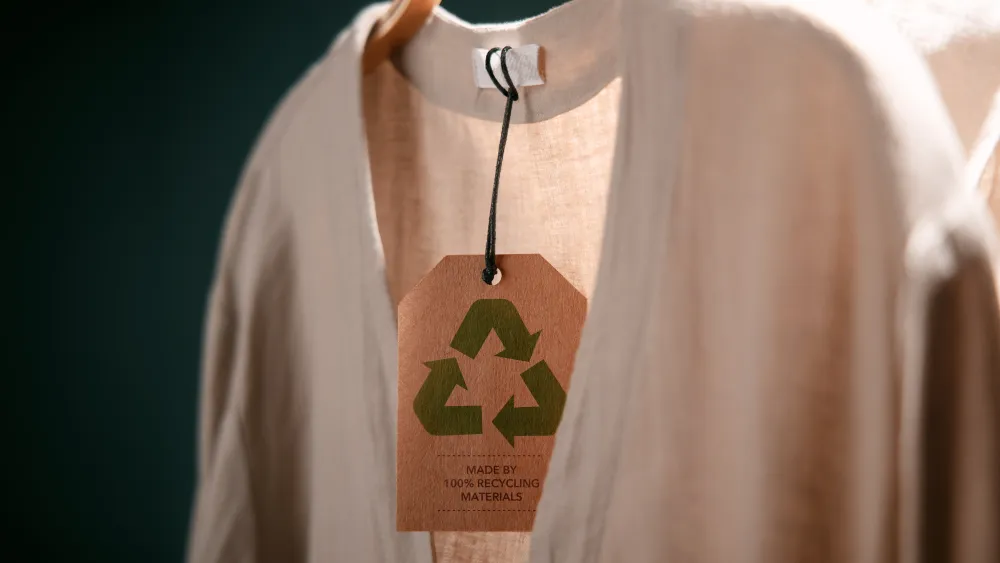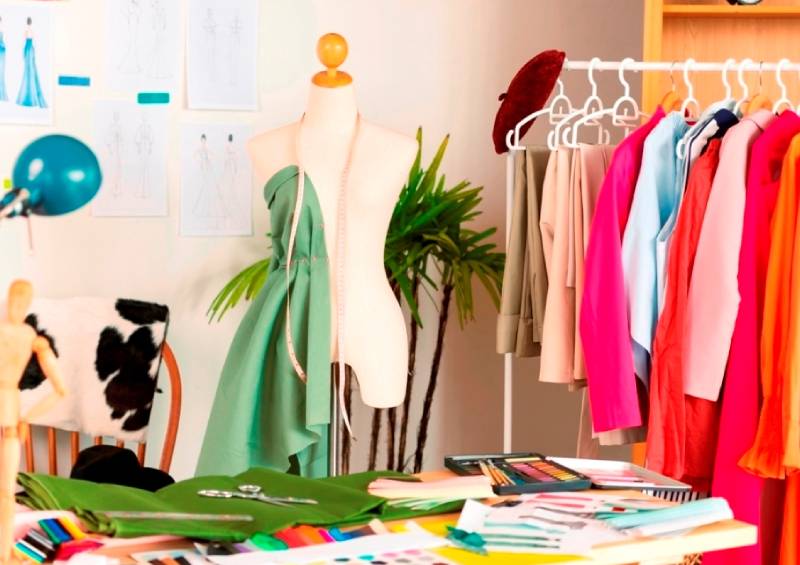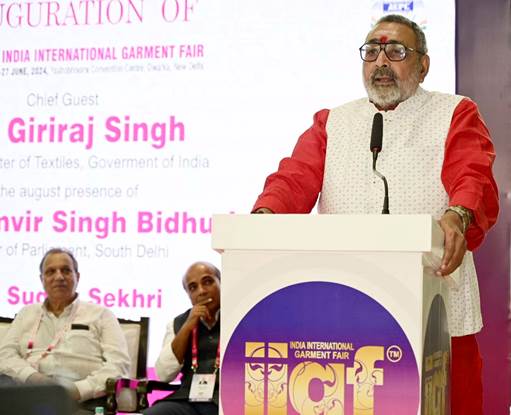FW
Supply Chain USA will take place at the Texprocess Americas trade show from May 13 to May 15, 2014 in Atlanta. The Supply Chain USA pavilion is presented bySeams, the national association for the US sewn products industry. It will feature exhibits of cut and sew manufacturing, finished products, textiles and fabrics, threads and yarns, findings and trim, labels and narrow fabrics, packaging and distribution, and many other sewn products components and services. More than 35 companies are taking part.
The event helps sourcing, production, procurement and other industry professionals and executives network and build and strengthen key business relationships. Seams is a not-for-profit organization comprising sewn products contract and brand manufacturers and their suppliers. It supports the US sewn products industry through educational programs that will improve the quality and productivity of the sewn products industry.
Texprocess Americas is the industry’s largest North American trade show. It creates an opportunity for retail, brand, manufacturing executives and professionals involved in the sewn products industry to meet with leading international manufacturers and distributors of machinery, equipment, parts, supplies, systems, technology, supply chain solutions, and other products and services used for the development of sewn products.
www.texprocessamericas.com/
Lectra, the world leader in integrated technology solutions dedicated to industries using soft materials like fabrics, leather, technical textiles and composite materials has formed a strategic partnership with Chinese textile and apparel manufacturing giant, Ruyi Group. Lectra will support Ruyi in expanding operations at their Taian plant in order to supply a growing number of international luxury men’s wear clients, as well as an increasing number of their own brands.
Lectra will work with Ruyi to implement an integrated manufacturing project by supplying best-practice expertise and process optimization consulting as well as hardware and software solutions, to rollout new operations under a lean manufacturing methodology.
Headquartered in China’s Shandong province, Ruyi is one of the world’s largest industrial supply chains for wool and cotton processing. With revenues of more than $5 billion and over 30,000 employees, the group has public companies in Japan and China as well as subsidiaries in 36 countries around the world. They are a global leader in innovative textile processing and also a major end-garment supplier for international luxury men’s wear brands. Ruyi has a complete vertical fashion supply chain and is evolving towards a hybrid brand/manufacturing business model to optimize their resources, which range from farms to clothing stores.
Part of their new strategy is to capitalize on this expertise while moving deeper into the value chain by boosting manufacturing operations and adding cutting and sewing capacity. By having an end-to-end manufacturing chain in place, Ruyi will not only better serve their customers, but also optimize development and manufacturing for their own brands. At the heart of the project is the installation of a lean-ready cutting room, covering industrialization, pre-production and fabric cutting.
www.lectra.com
www.chinaruyi.com
Source Africa is now being organized from June 18 to June 20, 2014 in Cape Town, South Africa. It is a textile, apparel and footwear trade event. Source Africa matches African manufacturers, suppliers and service providers with global buyers and agents and gives industry decision makers an opportunity to examine a wide range of products, services and investment opportunities in Africa.
It features more than 200 African manufacturers, international suppliers and service providers. Buyers are from chain stores, mini-chains, independent retailers, boutiques as well as production and factory managers, trims buyers, agents, importers and other industry professionals. There will be more than 15 African country pavilions. Another important element will be a professional online matchmaking program. By effectively combining online technology together with a team of business matchmakers, event participants are profiled, provided access to an online matchmaking calendar with the ability to view and select exactly whom they want to meet.
Six of the world’s 10 fastest-growing economies between 2001 and 2010 were in Africa and the IMF says that between 2011 and 2015 African countries will account for seven of the top ten spots. Goldman Sachs has recently compared the current business opportunities in Africa with those in China in the early 1990s.
www.sourceafrica.co.za/
While RMG exporters in Bangladesh are reeling under pressure due to higher wages, safety and compliance issues etc. Now leaders of the newly formed UK Bangladesh Catalysts of Commerce and Industry have demanded permission from the government to allow transfer of money to invest in opening showrooms for clothing items in the UK.
As Iqbal Ahmed, Chairman of the newly formed platform points out, the government must allow garment exporters to invest 5-10 per cent of their export value in opening showrooms in the UK, because there is huge opportunity in that country. He added that the step would also help in boosting country’s image in the UK market. So far, £400 million has been invested by the non-resident Bangladeshis in the UK through NRB Bank in Bangladesh, informs Iqbal Ahmed, Chairman of the bank.
In a bid to attract investment from the UK, the forum also demanded that the government should develop a special economic zone in Sylhet so that people from Sylhet who live in England can invest in Bangladesh. Bajloor Rashid, President of the forum and also former president of Bangladesh Caterers Association in England was of the opinion that since there lies a great opportunity to attract UK investment in Bangladesh, the government should step in.
Upcycling is on the verge of becoming a pan-European trend. Heimtextil is holding its Young Creations Award: Upcycling competition for young designers for the third time. And, for the first time, the competition is being opened to universities from all over Europe. During next Heimtextil to be held from January 14 to 17, 2015, up-coming designers are called upon to create upcycling products for indoor use. Students and graduates of design and interior architecture can now enter the competition online.
Earlier this year, four German universities took part in the competition. In 2015, design academies from all over Europe will be invited to take part. The Young Creations Award: Upcycling highlights textiles, sustainability and design. Emphasis is on the textile character of the projects. Textiles must account for at least 30 per cent of the materials used. As distinct from recycling, the aim of upcycling is to create higher-value products from waste products. It is a resource-friendly approach. With the competition, Heimtextil not only helps young designers but also puts the spotlight an innovative trend in the field of interior design, which reveals unused potential for sustainable material procurement and production.
www.heimtextil.messefrankfurt.com/
Mike Clasper, currently a non-executive director of GPG and chairman of Coats, has been appointed chairman of GPG with immediate effect. In addition, Coats’ non-executive director Ruth Anderson has been appointed as a non-executive director of GPG and chair of GPG’s audit, finance and risk committee also.
Mike Clasper is currently chairman of GPG’s subsidiary Coats, the world’s leading industrial thread and consumer textile crafts business. He is a non-executive director at Serco Group and was, until recently, senior independent non-executive director of ITV.
Ruth Anderson is currently non-executive director and chair of the audit committee at both the Ocado Group and Travis Perkins and sits on the board of GPG’s subsidiary. Anderson is a chartered accountant and has spent much of her career at KPMG where she was a member of the UK board for the six years to 2004 and vice chairman for the five years to 2009.
Coats is the world's leading industrial thread and consumer textile crafts business. One in five garments on the planet is held together using Coats’ thread. Coats produces enough yarn to knit 70 million scarves a year.
www.coats.com/
For years, China has been enjoying a dominant position as an apparel supplier to the world but of late, major importing countries such as the US and Europe are exploring new sourcing destinations in Southeast Asia and Africa. And this was focus of discussion at the recent Prime Source Forum in Hong Kong.
While experts agreed that China still leading owing to its mature supply chain, skilled labour, and growth in domestic consumption, they pointed out that the current change in sourcing pattern was not unexpected. As Bob McKee, Global Fashion Industry Strategy Director at Infor pointed out that the world will continue to change, and China will continue to change. Cost will continue to rise and the needle will continue to migrate.
Until two decades ago, 80 per cent of general merchandise was sourced from manufacturers in the UK and then it gradually moved to North Africa, Eastern Europe and India, followed by Indonesia, Vietnam, Bangladesh, Cambodia, Burma/Myanmar and now sub-Saharan Africa, which is currently being assessed by the importing nations. But Richard Thomas, Head of Far East region, sourcing, at Marks & Spencer (Asia Pacific) warns that too much migration can affect efficiencies.
Zhang Xi'an, Secretary General of the China Chamber of Commerce for Import and Export of Textile and Apparel opined that though most companies will maintain their high value-added manufacturing operations in China, the main areas for expansion, especially for mid-low end producers, will be in Africa and Southeast Asia.
Experts also said that sourcing is turning to be complex due to customers' needs for diversification, to take advantage of trade agreements, and demand for a shorter, flexible and more responsive supply chain.
The United States has agreed to remove all restrictions on handloom exports from India, paving the way for resumption of negotiations on textiles, which were stalled last month. Following the decision to remove restrictions on handlooms, India may now allow entry of high value textile imports from the US.
The United States is a leading importer of handloom products from India followed by the European Union. The US accounts for around 45 per cent of total exports of Indian handloom products. Foreign buyers get attracted by the traditional designs and vibrant colors of the fabrics.
The Indian handloom industry is the second-largest employment provider for the rural population in India after agriculture. The sector accounts for around 15 per cent of the total cloth produced in the country (excluding wool, silk and yarn). India supplies 95 per cent of the world demand for hand woven fabric. India has about 612 handloom clusters, out of which 53 are located in Andhra Pradesh.
The Handloom Export Promotion Council is a statutory body constituted under the Ministry of Textiles, Government of India, in 1965 to promote the export of all handloom products like fabrics, home furnishings, carpets and floor coverings etc.
www.hepcindia.com/
The Syrian textile sector is hoping that the Syria MOTEX fair from April 13 to April 15, 2014, helps it get back on its feet. Syria MOTEX has been organized by Syrian Exporters Association in cooperation with Exports Development and Promotion Agency and the Syrian Exporters Union. The aim is to promote Syrian textiles. Syria specializes in clothing and fashion.
More than 100 Syrian textile, fabric and clothing companies are taking part in the fair. The products being showcased include children’s wear, underwear, covers, luggage and hosiery. Around 400 businessmen from Iraq, Jordan, Algeria, Libya, Egypt, Tunisia, Oman, Saudi Arabia, Yemen, UAE and Kuwait are at the fair with the intention of signing purchase contracts.
One indication that the Syrian textile segment is recovering is that the fair witnessed an increase in the number of exhibitors and visitors from earlier editions. The Syrian government has been providing considerable support to its textile industry to overcome stumbling blocks.
MOTEX is the Syrian fashion and textiles expo. The expo aims to allow Syrian producers of clothing and textiles to meet Arab and foreign visitors in order to expand the markets targeted by Syrian products. It seeks to find marketing outlets for Syrian textile products, locally and abroad.
www.motex.org/
Madurai in Tamil Nadu has always been known for Sungudi saris. But the Saurashtrian community which moved to Madurai from Saurashtra in Gujarat centuries ago and which is engaged in the production of these garments feels neglected by the government. Tamil Nadu has a population of 20 lakh Sourashtrians. Of these, two lakh people live in Madurai.
The production cost of the Sungudi has shot up manifold in recent years. Representatives of the community want the government to give them additional units in textile parks and provide them subsidy. They also want a government-run showroom to promote Sungudi garments.
The Madurai Sungudi is a six yard sari. It’s made of cotton and is perfect for tropical weather. It absorbs sweat and dries out easily. It has been given a makeover to make it appealing to young women as well. New designs like peacock, butterfly and rangoli have been developed, to make them appealing to college girls.
It takes 10 to 15 days to manufacture a traditional Sungudi sari. The traditional Sungudi sari was handwoven, had single dot patterns and dyed with natural dyes. Now there are saris with dot patterns in two different colors, but with chemical dyes.
Sustaining in a competitive market is not easy for Sungudi manufacturers and they are consistently introducing innovative and creative patterns. Sungudi salwars, shawls, bags, bedspreads and pillow covers have been introduced.

